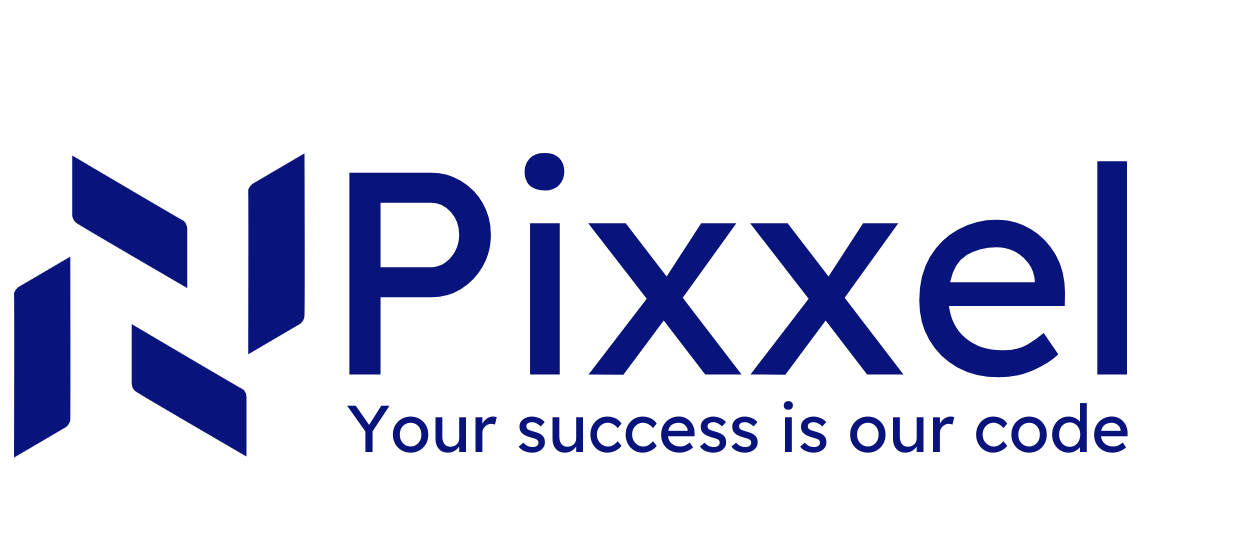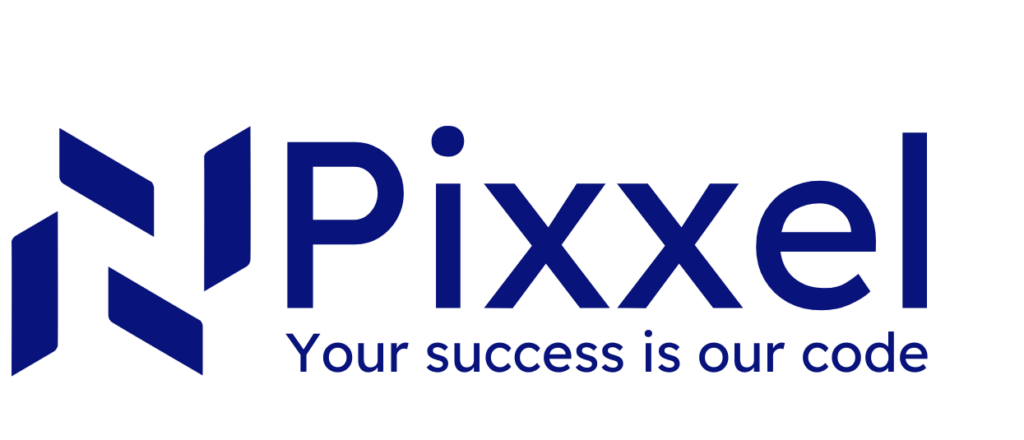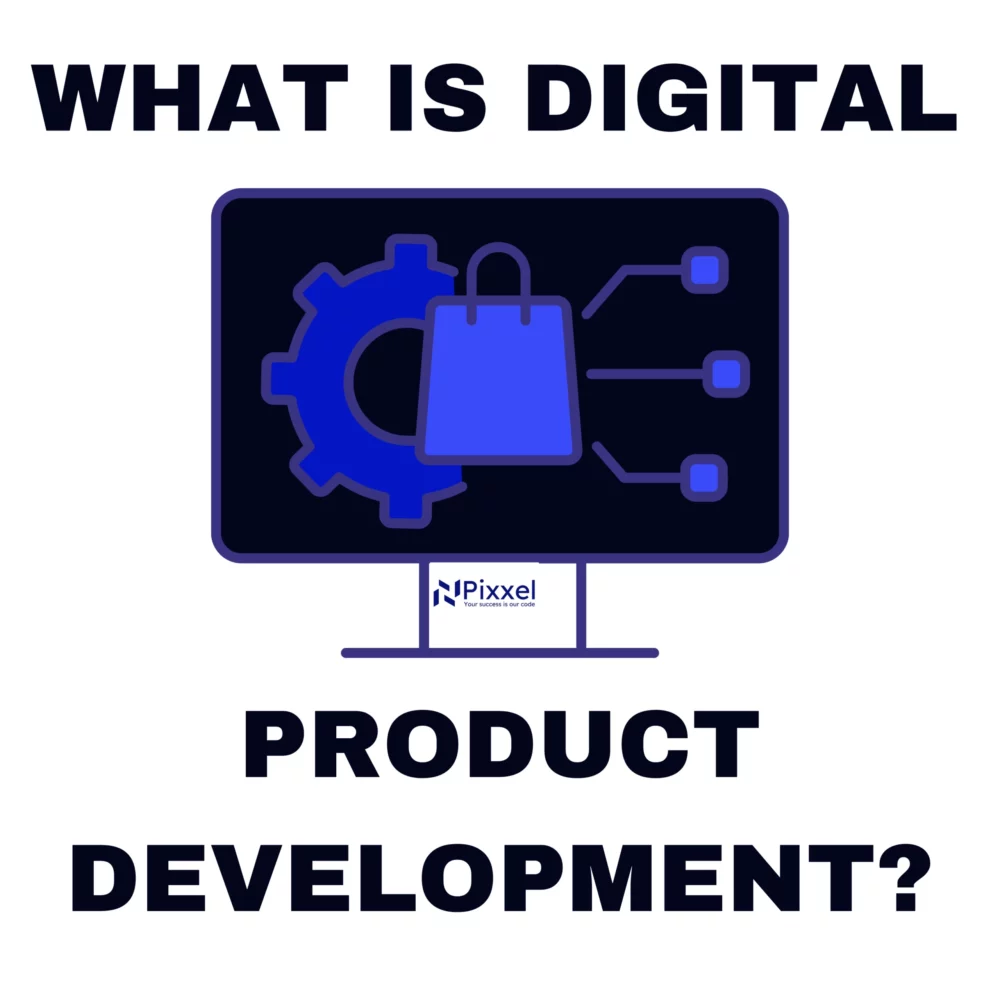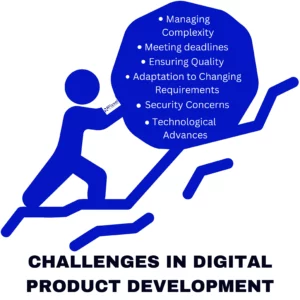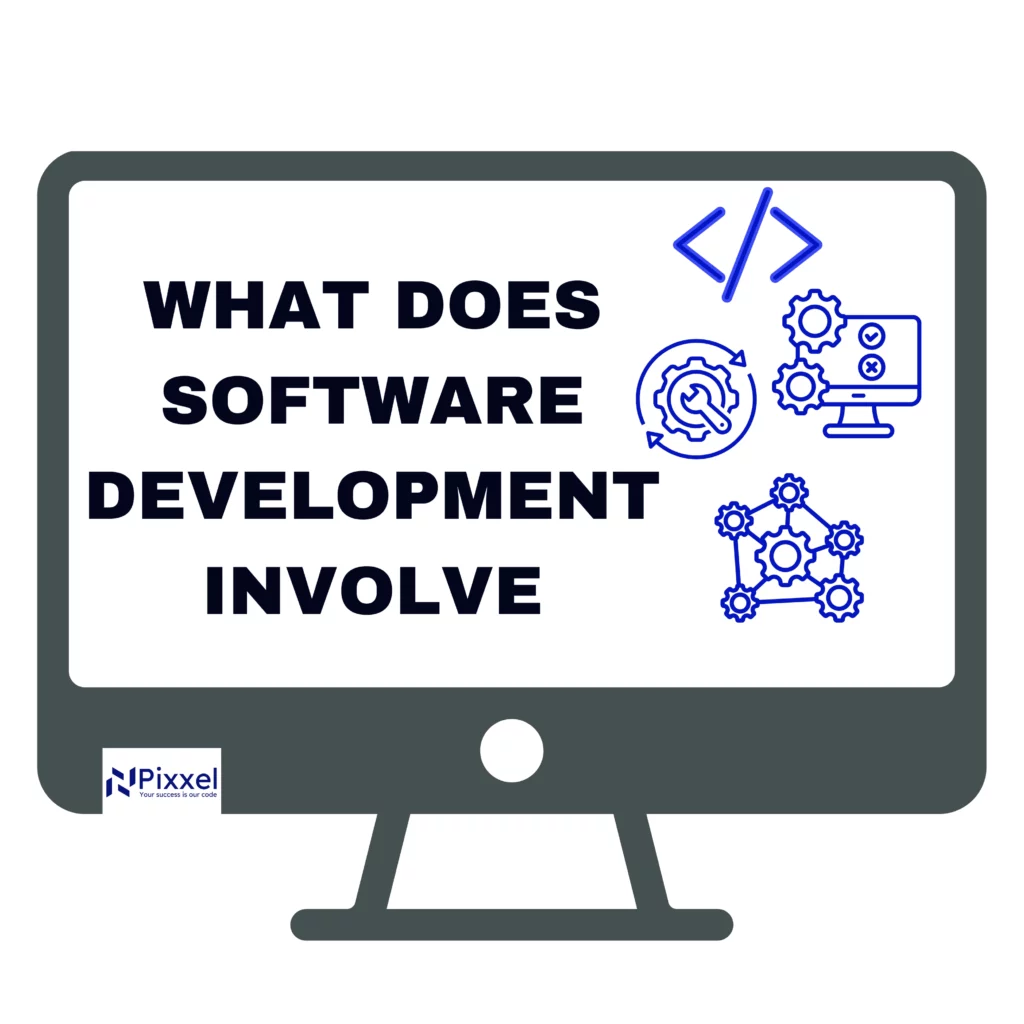Digital products have become integral to our daily lives in today’s hyper-connected world. These products decide how we interact with technology and each other. There are multiple digital products, from the apps on our smartphones to different working platforms. But what exactly is digital product development? Let’s look into the details of digital product development and what it entails.
Understanding Digital Product Development
The process of creating software applications, platforms, and services is known as digital product development. It includes various activities, from initial ideation to final deployment. Unlike traditional product development, this deals with only digital products. These mainly include the software that users interact with through electronic devices.
Digital product development is inherently iterative and involves continuous design and development cycles. This iterative nature allows developers to respond quickly to changing user needs. Moreover, the software can also adjust to market conditions and technological advancements.
The Stages of Digital Product Development
Digital product development follows a process. This can be represented as a lifecycle. Here are the key stages of digital product development:
-
Ideation and Conceptualization
The first stage begins with ideation and conceptualization. The initial idea of the product is born here. Brainstorming sessions, marketing analysis, and problem-solving ideas are involved in this stage. All stakeholders collaborate to define the product’s vision, goals, and value proposition.
-
Research and Planning
Once the idea solidifies, it is followed by research and planning. This phase requires gathering documents, conducting market research, and analyzing competitors. The aim is to understand user needs and preferences.
This phase is crucial for setting a realistic timeline and budget. A roadmap is created with development milestones and deliverables.
-
Design
Designing is critical as it shapes the user experience (UX) and user interface (UI). wireframes, prototypes, and high-fidelity designs are created during this stage. This visualizes the product’s layout and structure.
UX designers focus on keeping the product intuitive and user-friendly. The UI designers need to work on the visual elements such as colors and graphics. Multiple iterations may also take place after feedback from stakeholders.
-
Development
Once the design is finalized, the development begins. Actual coding and programming take place in this stage. Different programming languages, frameworks, and tools are utilized to build the product.
Development is divided into front-end and back-end development. Front-end developers work on the part that the users interact with. Back-end developers focus on server-side logic, databases, and application architecture.
Collaboration and communication are vital. Developers need to ensure that their code aligns perfectly with the specifications.
5. Testing
Testing is essential in digital product development. It ensures that the product functions correctly and meets quality standards. Various types of testing are involved including:
- Unit testing
- Integration testing
- System testing
- User Acceptance Testing (UAT)
Both automated and manual testing techniques are applied to identify and fix bugs.
6. Deployment
Once tested, the product is ready for deployment. The product is released to users through application stores, websites, or other channels. Deployment requires careful planning for a smooth transition and minimal disruptions.
7. Maintenance and Iteration
This is the final stage. Once the product is live, ongoing support is necessary to address user feedback, fix bugs, and improve performance. This ensures that the product remains relevant and functional over time.
Key Roles in Digital Product Development
Successful digital product development requires collaboration among various roles. Here are some of the key roles involved:
- Product Manager: The product manager oversees the entire development process. He/she needs to ensure that the product aligns with the business strategy.
- UX/UI Designer: These individuals need to focus on user experience. They have to ensure that the product is functional and visually appealing.
- Developers: They write and maintain code that makes the product. Front-end, back-end, and full-stack developers are all included.
- Quality Assurance (QA) Tester: They test the product to identify and fix any bugs to meet quality standards.
- DevOps Engineer: They manage the development and operations of the product.
- Marketing and Sales Team: They promote the product to engage it with users for future iterations.
All these roles are vital for successful digital product development. Working together ensures they create a product that meets user needs and business goals.
Methodologies in Digital Product Development
Different methodologies are present to deal with the complex nature of digital product development. These methodologies provide frameworks for executing projects. Some of the most popular methodologies are:
Agile
Agile is a flexible and iterative approach. It focuses on collaboration, customer feedback, and rapid delivery of updates. Agile methodologies, such as Scrum and Kanban, break the project into smaller portions. These sprints last a few weeks each.
Agile is ideal for projects with evolving requirements. It allows for continuous improvement and adaptation. Agile also calls for a close collaboration between developers and stakeholders.
Lean
Lean development focuses on minimizing waste with quality products. Rapid prototyping, user feedback, and iterative development are the main ideas in this methodology. It reduces unnecessary features and processes for user convenience.
Waterfall
This is a traditional approach with a sequential process. Each stage must be completed to move on to the next one. It is ideal for projects with well-defined requirements and minimal changes expected during development.
The waterfall is less flexible than Agile but effective where stability and predictability are more critical.
DevOps
This methodology combines software development with IT operations. This streamlines development and deployment. Automation, continuous integration, and continuous delivery are emphasized.
Fostering collaboration between development and operations teams reduces time and improves overall quality.
Tools and Technologies in Digital Product Development
Digital product development relies on a wide range of tools and technologies. Here are some of the essential tools and technologies used in modern digital product development:
Integrated Development Environments (IDEs)
IDEs are software applications that provide comprehensive facilities for software development. They typically include a code editor, debugger, and build automation tools. Popular IDEs include Visual Studio, IntelliJ IDEA, and Eclipse.
Version Control Systems
Version control systems (VCS) are essential for managing code changes and collaboration among developers. They track modifications to the codebase. This allows developers to work on different parts of the project simultaneously. They can then merge their changes seamlessly. Git is the most widely used VCS, with platforms like GitHub and GitLab.
Continuous Integration/Continuous Delivery (CI/CD) Tools
CI/CD tools automate the process of integrating code changes, testing, and deploying digital products. They help ensure that code changes are quickly and reliably delivered to users. This reduces the risk of defects and improves overall software quality. Popular CI/CD tools include Jenkins, CircleCI, and Travis CI.
Project Management Tools
Project management tools help teams plan, track, and manage their work. These tools ensure that projects stay on schedule and within budget. These tools often include features for task management, time tracking, and collaboration. Examples of project management tools include Jira, Trello, and Asana.
Testing Tools
Testing tools automate the process of testing digital products. They help to identify and fix defects more efficiently. They can perform various testing types, including unit, integration, and performance testing. Popular testing tools include Selenium, JUnit, and TestNG.
Cloud Computing Platforms
Cloud computing platforms provide scalable infrastructure. These services help in deploying and managing digital products. They offer resources such as virtual machines, storage, and databases. Developers can easily build and deploy applications without needing to manage physical hardware. Major cloud computing platforms include Amazon Web Services (AWS), Microsoft Azure, and Google Cloud Platform (GCP).
Design and Prototyping Tools
Design and prototyping tools help designers create wireframes, prototypes, and high-fidelity designs. These tools enable collaboration between designers and developers. This ensures that the product’s design is aligned with user needs and technical constraints. Popular design tools include Adobe XD, Sketch, and Figma.
Challenges in Digital Product Development
Digital product development continues to face challenges despite advancements in methodologies and tools. Here are some frequent obstacles faced by developers:
Managing Complexity
Digital products continue to become more complex and managing this complexity is difficult. Developers need to navigate intricate architectures and integrate numerous components. They have to ensure a maintainable and scalable system.
Meeting Deadlines
Careful planning and efficient execution are required in digital product development. Developers need to meet tight deadlines which can be challenging. Balancing speed and quality is also tough, especially when sudden issues arise.
Ensuring Quality
Developers need to ensure that digital products are free of defects and perform as expected. This is why rigorous testing and quality assurance processes are essential. However, they can be time-consuming and resource-intensive.
Adapting to Changing Requirements
Requirements can change as stakeholders’ needs evolve or new information emerges. It is important to adapt to these changes while maintaining progress in a project. Developers need to avoid scope creep which also requires flexibility and effective communication.
Security Concerns
Cyber threats are a critical concern as they continue to become more sophisticated. Developers need to implement robust security measures. It is essential to stay updated on the latest threats to protect their products from attacks.
Keeping Up with Technological Advances
The technology landscape is evolving. New programming languages and fireworks are emerging regularly. Developers need to stay up-to-date with these advancements and incorporate them into their processes. Even though it is challenging it is necessary for staying competitive.
How Do You Validate a Product Idea?
Validating a product idea is a crucial step in digital product development. It ensures that your concept meets real market needs before significant resources are invested. Here’s a guide to validating your product idea effectively:
-
Market Research
You need to understand the market landscape before you begin. Identify significant competitors to analyze their strengths and weaknesses. Also investigate market trends to learn about your target audience’s demographics, behaviors, and pain points. This foundation research confirms whether there’s a demand for your product.
-
Value Proposition
Define how your product makes life easier for your target customers. Highlight its uniqueness from existing solutions in the market. A strong value proposition is crucial for attracting initial interest and investment.
-
Build a Minimum Viable Product (MVP)
Create a simplified version of your product that has the essential features. You can easily test your idea with minimal resources used to gain early user feedback. Ensure that your MVP is functional and provides a realistic user experience.
-
Gather Feedback
Reveal your MVP to a small targeted audience. You can collect the feedback through surveys, interviews, and analytics tools. This is a crucial step for understanding user satisfaction. You can also identify areas for improvement.
-
Analyze and Iterate
Analyze the feedback and find common issues or areas needing enhancement. Changes should be based on user feedback and impact on the product’s value. Rapidly iterate on your MVP to better meet user needs.
-
Test the Market
Expand the testing to a larger audience and validate demand at a larger scale. Monitor user engagement, satisfaction, and retention rates. These are used to gauge the product’s potential success.
Digital product development is a dynamic and multifaceted process. It involves a wide range of activities, roles, methodologies, and tools. Creativity, technical expertise, and problem-solving skills are all required in this process. These all ensure that digital products meet user needs and business goals.
The field of digital product development continues to evolve with advancing technology. Emerging trends and innovations are shaping the future. These offer new opportunities and challenges for developers. Digital product developers need to create innovative and impactful products. This is the only way to stay in competition in these progressing times.
